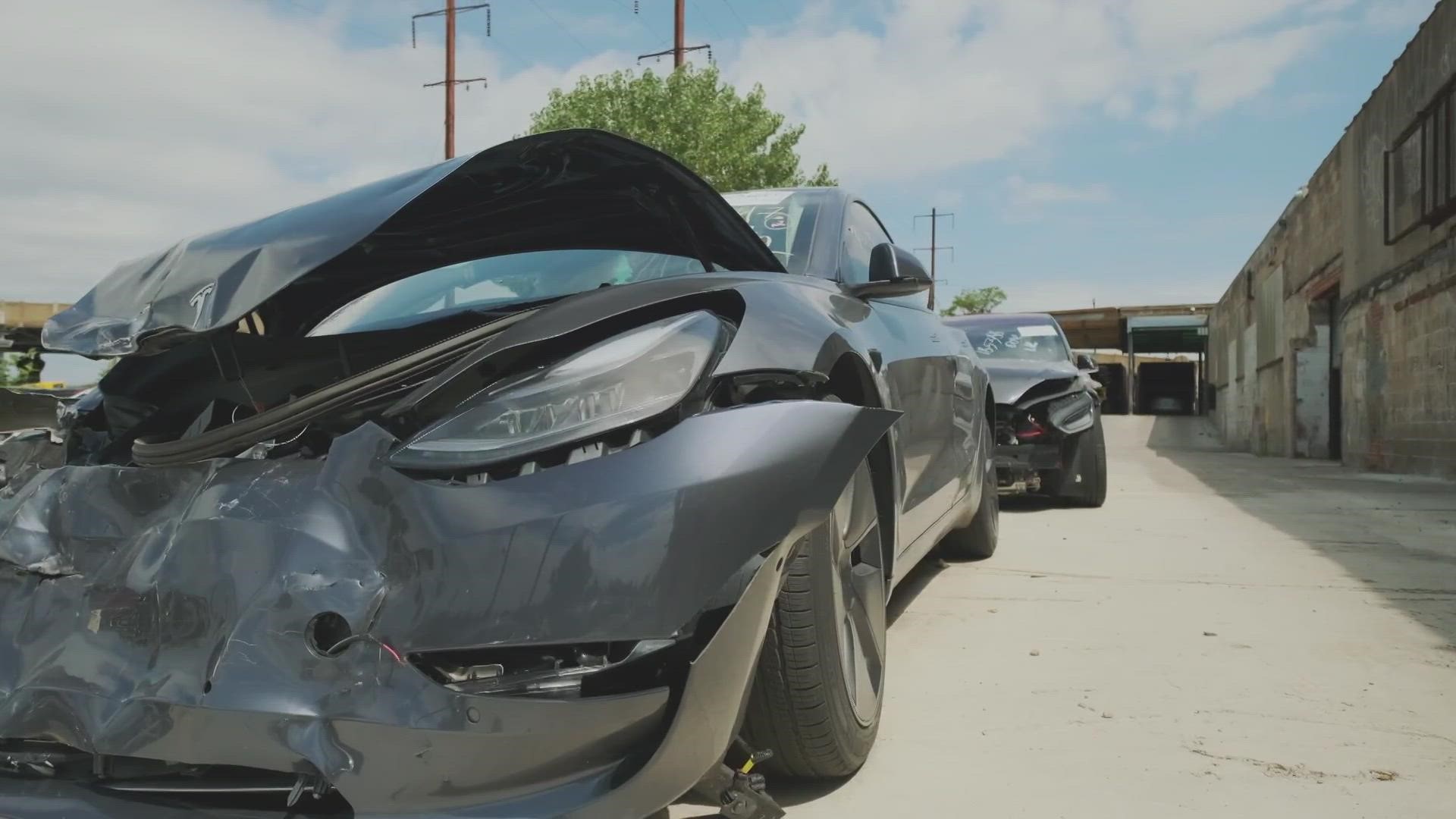SAN ANTONIO — Insurance rates, on average, will cost San Antonio drivers about six percent more this year. The average San Antonio driver pays $1,935 a year for car insurance, according to a Bankrate study.
Blame inflation.
Repair parts, labor and rental cars are making claims more expensive for insurance companies to pay out. Definitely still drive with insurance. It is illegal not to, but here is how to save some:
Shop around if your rates rise.
“The number one thing is to shop,” said Richard Johnson of the Insurance Council of Texas.
“Insurers assess risk differently and they each use their own formulas to price policies, so the price for the same policy will vary significantly among insurance companies,” said Michelle Megna, an insurance expert with Forbes Advisor.
“You can always shop around,” said Cate Deventer, an insurance analyst for Bankrate. “There is no downside to shopping around. Getting quotes does not mean you have to buy a policy with a company. You shouldn’t be charged for quotes. There’s no effect on your credit score. Companies do use credit as a rating factor, but it doesn’t actually impact your credit like applying for a loan. You might find a way cheaper rate or you might realize that your company is pretty competitive and you should stay where you are.”
Compare rates at TheZebra.com or try Forbes Advisor’s insurance comparison tool. You can switch insurance companies at any time. It only takes about 24 hours to make the change.
“Of course, make sure you have coverage in place with the new insurer before you cancel your old insurance,” Megna said. “You don’t want a gap in coverage because obviously if something happens, you’re on the hook to pay for it.”
Next, bundle your policies to save between six and 23 percent.
“If you have your home, an auto or renter’s or condo policy with one company, that’s probably going to get you a multi-product, multi-line bundling discount,” Deventer said.
Double check you have all the discounts available.
“If you’re part of an affiliation, sometimes they will provide a discount,” Megna said. “If you’re in the military or if you’re a teacher. Sometimes it’s as simple as just going paperless.”
Also, ask about young driver, good student, and safe driving discounts.
Review the options you are paying for like accident forgiveness or new car replacement.
“Maybe I’m going to take that off because I’d rather save some money,” Megna said. “Maybe you have a second car that’s very old and not worth that much. Maybe you drop comprehensive and collision on that older car because it’s actually not going to make financial sense because with comp and collision, you’re only getting paid out up to the depreciated value of the car.”
“Are there things that you don’t need that you can reduce on?” said Johnson. “Make sure you have the coverage that you need.”
Or raise your deductible if you can afford to pay more out of pocket if you file a claim.
“Maybe you can raise that a little bit in order to lower your monthly costs,” Johnson said.
“We found an analysis that you can save between seven percent and 28 percent a year on average by raising your deductible,” Megna said.
Plus, always practice safe driving when behind the wheel.
“That is really the biggest and best long-term play that you can make when it comes to car insurance,” Deventer said. “When you have moving violations, at-fault accidents, DUI convictions on your record, that’s a signal to insurance companies that you’re a riskier driver and that you’re probably more likely to file claims. If you can avoid those things and keep a clean driving record, you might get a safe driver discount.”
Just to give you an idea of how much the way your drive affects your insurance rates, the Bankrate study found on average a speeding ticket will add about $400 to your premium, a car accident will add $800, and a DWI will add almost $2,000. The largest increase to your insurance rates comes when you add a teenage driver on to your policy. That will raise your rates about $2,300.

